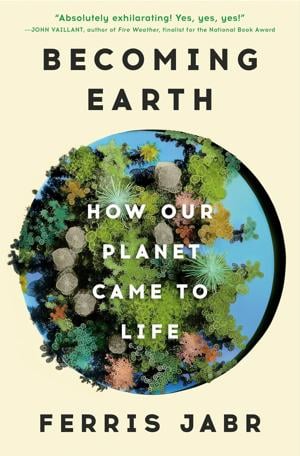BECOMING EARTH: How Our Planet Came to Life . By Ferris Jabr. Random House.
304 pages. $30. Life does not simply exist on Earth.

It is Earth. Life is the anatomy, the physiology, the very breath of the planet. So argues Ferris Jabr, a contributing writer to The New York Times Magazine and Scientific American.
He demonstrates that over billion-year time frames, life has sculpted continents, transfigured the oceans, and created our atmosphere. From microorganisms to blue whales, life fashions its own environment, frequently equaling or exceeding the geologic potencies of volcanoes, glaciers and earthquakes. Life, in short, finds a way.
In organization, structure and a wealth of fascinating detail, this survey of Earth system science explores not only the evolution of the planet but the threats posed by climate change: Not to the giant rock in space we call home — it will survive whatever calamities that beset its surface — but to the myriad species it sustains. Jabr also gives us a running commentary, woven through the text, on the transformation of his yard from impoverished soil and turfgrass into an oasis for flowering species and the creatures that enjoy them. Through both, he shows that life doesn’t simply respond to its environment; it changes it in profound ways.
“Through their behaviors and by products, living creatures make lasting changes to their surroundings that partly determine the fate of their descendants and of other species,” Jabr writes. Through the.
















